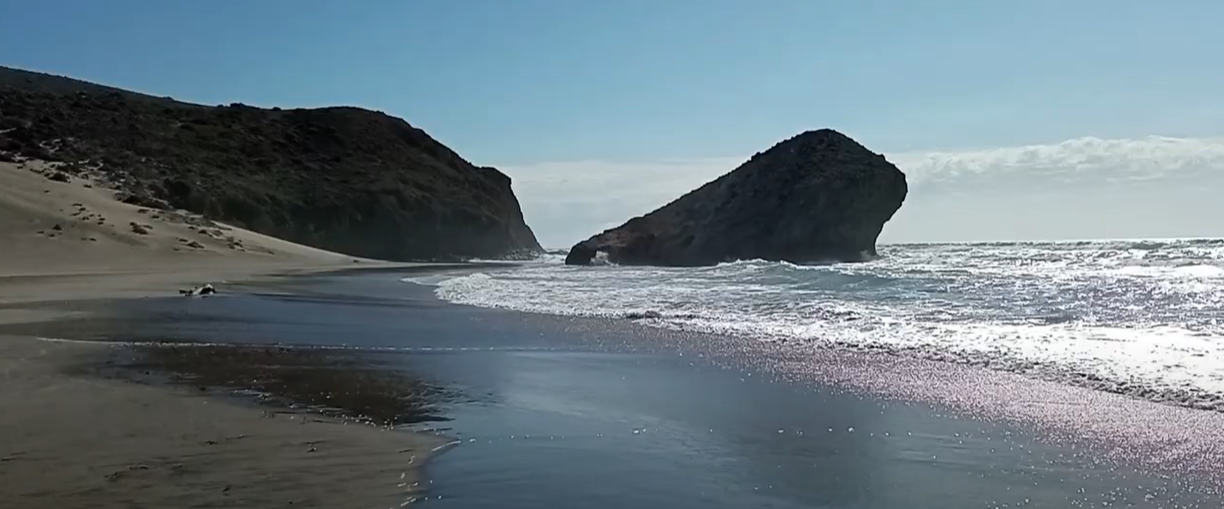Let’s get this out of the way: Playas Cabo de Gata isn’t your typical Spanish beach scene. You won’t find high-rise hotels or waiters serving cocktails to sunbeds here. Nope—this is rugged, raw, sun-drenched beauty at its best. If you have read our article about San Jose here, you’ll know where I’m coming from.
Nestled in the southeast corner of Spain in Almería, Cabo de Gata-Níjar Natural Park is home to some of the country’s most jaw-dropping beaches and coastline. Think volcanic cliffs, hidden coves, fishing villages, crystal-clear waters, and sandy stretches that feel like you’ve discovered them by accident (often after a bumpy dirt track drive).
Think Playa del Arco here, where you get to see a wonderful house overlooking the sea, this is real living the dream for someone!
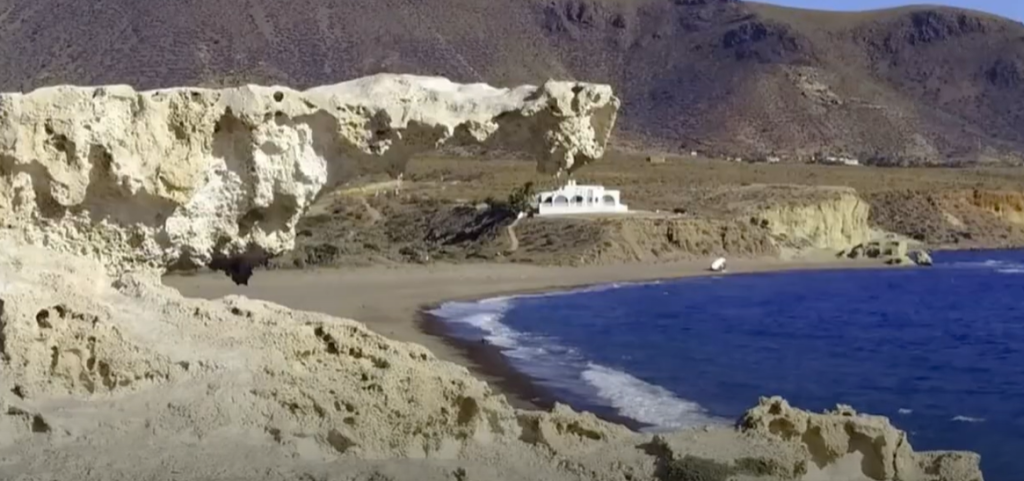
How to Get to Cabo de Gata
Closest Airport: Almería Airport (LEI) is the nearest, just a 30-40 minute drive to most spots within the park.
Public Transport:
- Buses run from Almería city to San José and Cabo de Gata village, though services are limited—this is very much a “car recommended” area.
- Local taxi services are available, but hiring a car gives you full flexibility (and trust me, you’ll want it for those hard-to-reach beaches).
Top Towns & Beaches to Explore
1. San José: The Heart of Cabo de Gata
This charming little seaside town is the most popular base for exploring Playas Cabo de Gata. It’s got a relaxed vibe, a marina, plenty of tapas bars, and some of the best beaches nearby.
Must-See Beaches:
- Playa de los Genoveses: A stunning horseshoe-shaped bay surrounded by dunes and mountains. No buildings, no sunbeds—just sand and sea.
- Playa de Mónsul: Possibly the most famous beach in the park, thanks to its dramatic volcanic rock formations. You may even recognise it from Indiana Jones and the Last Crusade.
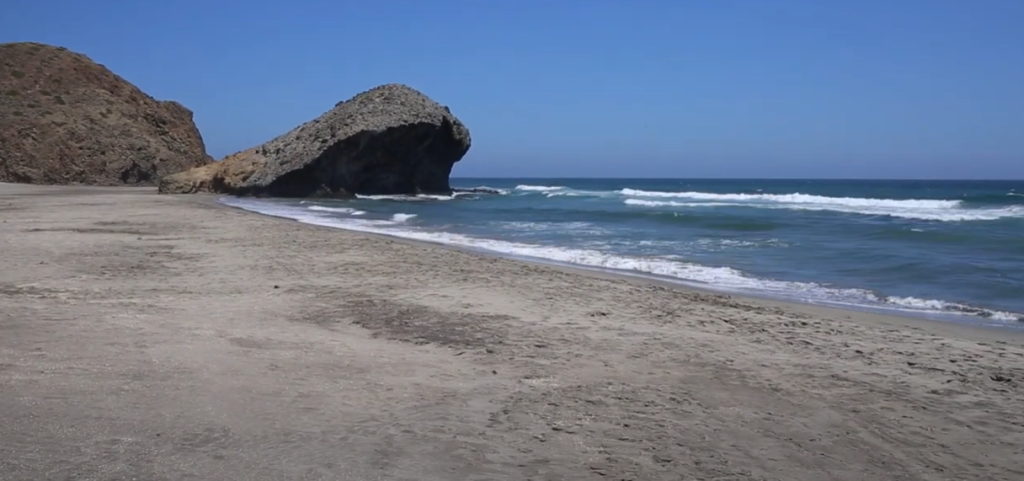
FAQs:
- Best Time to Visit: Late spring or early autumn—lovely weather, fewer crowds.
- Parking: Paid parking in summer (it fills up fast); free at quieter times.
- Accessibility: San José itself is flat and easy to navigate, but many beaches involve walking over sand or rocky paths.
- Best Viewpoint: Head up to the Mirador de Los Genoveses for panoramic shots.
- Local Market: Every Tuesday morning—great for souvenirs, fresh produce, and local crafts.
Boat Trips:
San José’s harbour is the main spot for sailing tours and kayaking trips to hidden coves like Cala Higuera and Cala del Tomate—perfect for snorkelling.

2. Las Negras: Boho Vibes & Dramatic Coastlines
A smaller, quieter village with a bohemian twist, Las Negras is all about relaxation.
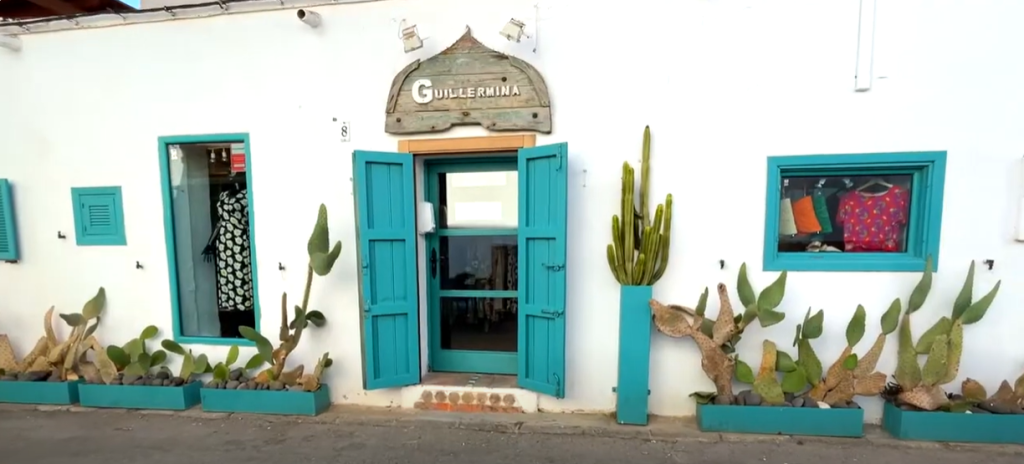
Must-See Beaches:
- Cala San Pedro: A remote beach you can only reach by foot or boat. Expect clear waters, soft sands, and a few free-spirited locals living off-grid.
- Las Negras Beach: Right in the village, a mix of pebbles and sand, ideal for a lazy afternoon swim.
FAQs:
- Best Time to Visit: Spring and September—peaceful but warm.
- Parking: Free street parking, though it can be tight in summer.
- Accessibility: The main beach is accessible, but Cala San Pedro requires a hike or a boat.
- Best Viewpoint: The rocky headlands near Cala del Cuervo offer incredible views.
- Local Market: Friday mornings—small but packed with handmade jewellery and local goods.
Boat Trips:
Small boats regularly ferry visitors to Cala San Pedro from Las Negras—a great way to skip the hike (especially in the heat).
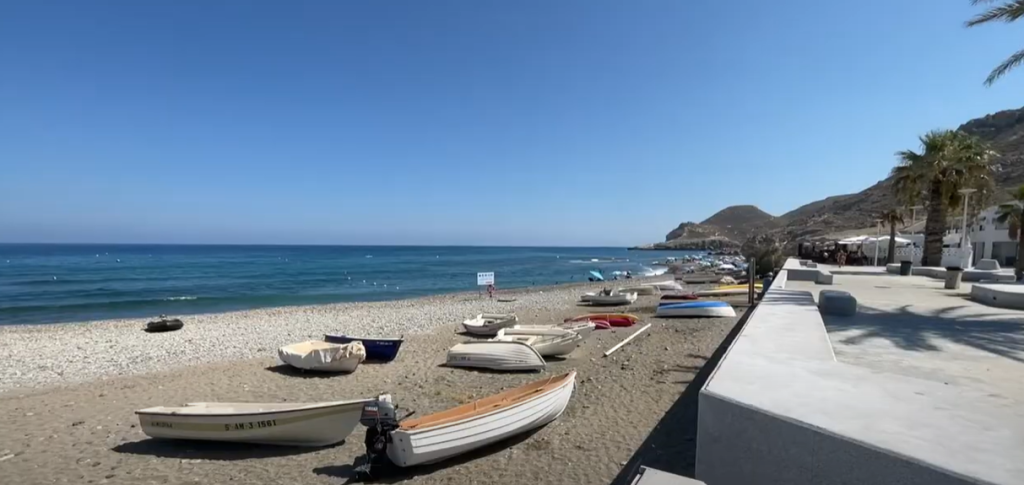
3. Agua Amarga: Peaceful, Family-Friendly Charm
Possibly the prettiest village in the park, Agua Amarga (literally “Bitter Water”) is known for its whitewashed houses and calm bay.
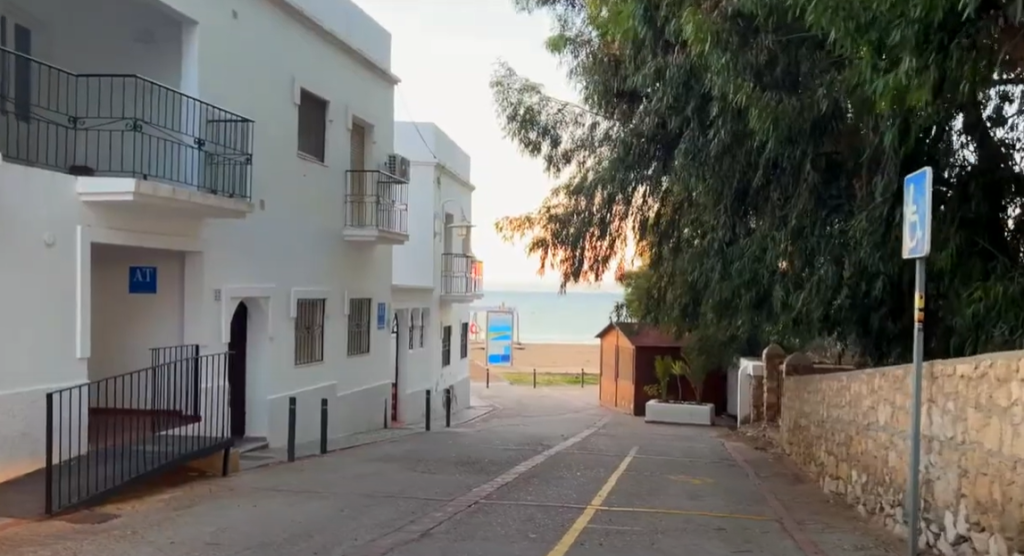
Must-See Beaches:
- Agua Amarga Beach: Right in the village—family-friendly, soft sand, clear waters, and great beach bars nearby.
- Cala de Enmedio: A hidden cove accessible by foot or kayak, surrounded by white cliffs and crystalline sea.
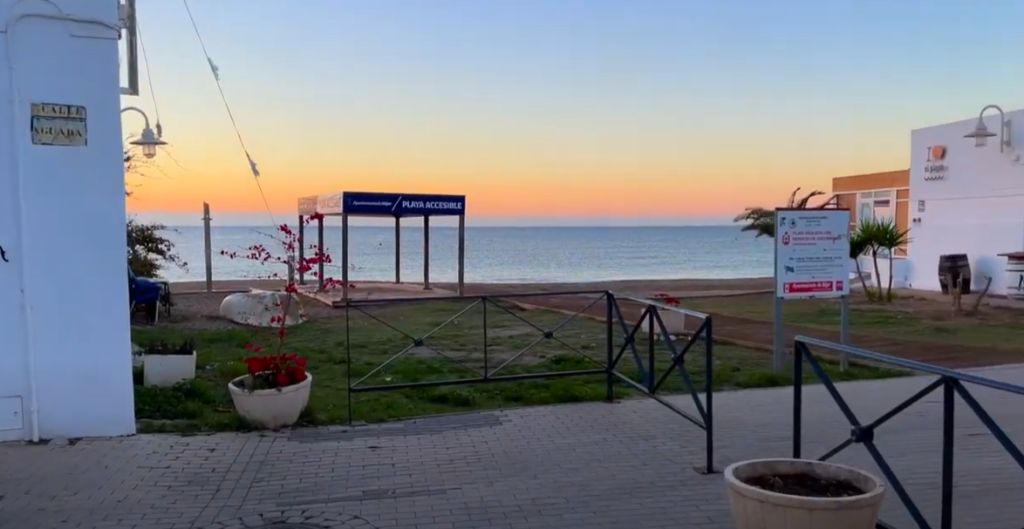
FAQs:
- Best Time to Visit: June or September—warm but not overcrowded.
- Parking: Small public car park near the beach—get there early!
- Accessibility: Excellent for all visitors around the main beach.
- Best Viewpoint: The cliff-top trails above Cala de Enmedio offer dramatic photos.
- Local Market: Tiny local markets pop up in summer selling crafts and food.
Boat Trips:
Popular spot for scenic sailing trips and paddleboarding adventures around the coves and cliffs nearby.
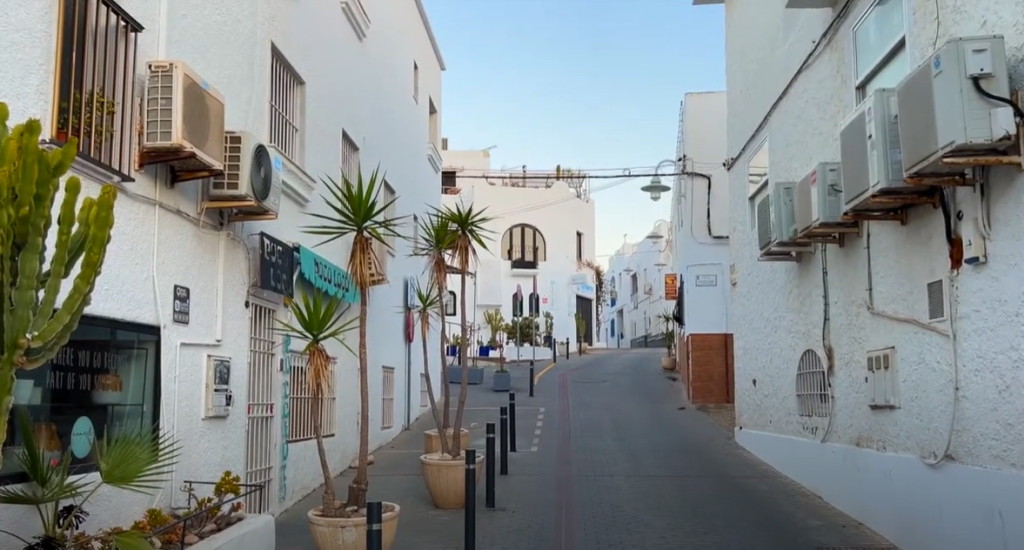
Wildlife & Nature
This isn’t just about beaches—the natural park is also a paradise for wildlife lovers. Flamingos and herons can be spotted in the salt flats of Cabo de Gata village, while snorkellers can explore underwater volcanic reefs teeming with marine life.
When’s the Best Time to Explore Playas Cabo de Gata?
While summer is the peak season (July & August), it also gets very hot and busy—especially in San José. For fewer crowds and milder temperatures, plan your trip for:
- April–June: Blooming flowers, perfect hiking and beach weather.
- September–October: Warm seas and fewer tourists, ideal for swimming and boat trips.
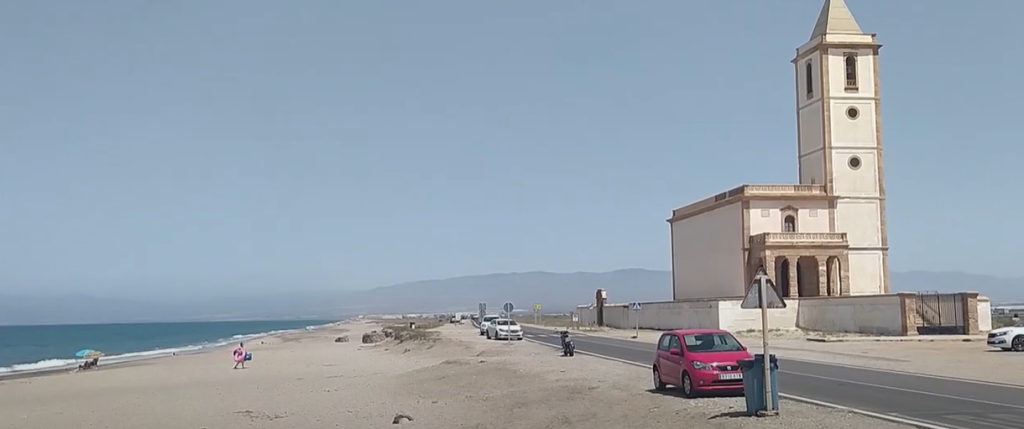
If you’re an early bird, the sunrises at the Playas Cabo de Gata are great, also if you prefer the sunset, make time to go and chill and watch the sun go down.
Final Thoughts About The Playas Cabo de Gata
If you’re after manicured beaches with cocktails on tap, Playas Cabo de Gata probably isn’t your scene. But if you like your beaches wild, your views dramatic, and your sangria served at a sleepy village bar after a day of exploring hidden coves—you’ll fall in love here.

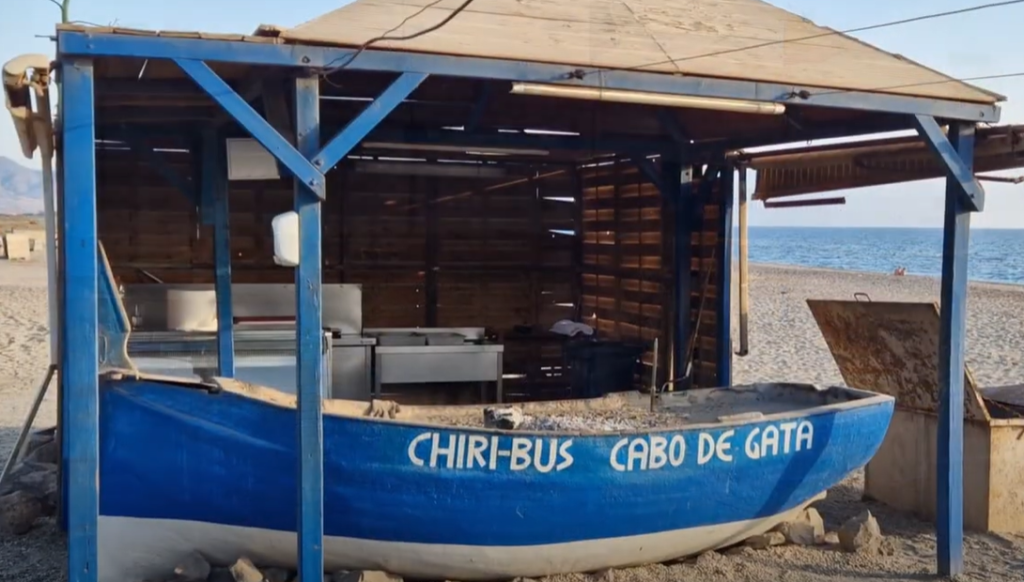
Whether you’re hiking down dusty tracks to secret bays, cruising along the cliffs on a boat, or just lying on the sand listening to the waves, Cabo de Gata is Spain’s rugged coastal wonderland—and it’s still blissfully under the radar.
Take a day to explore the different Playas Cabo de Gata options, there are so many different places and paces of life at each.
There are some really easy to reach beaches, such as the delightful Playa De La Fabriquilla, for example.
